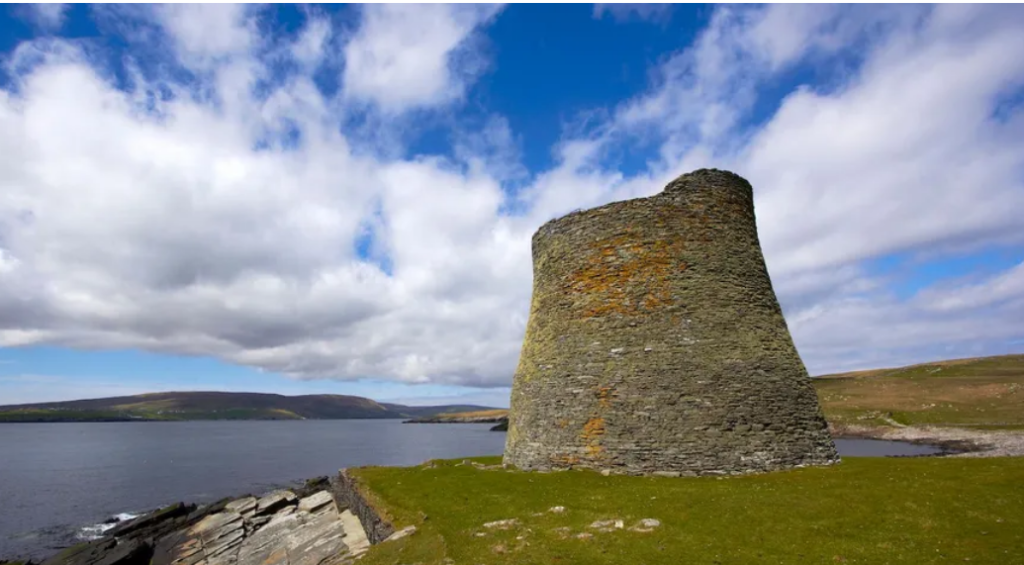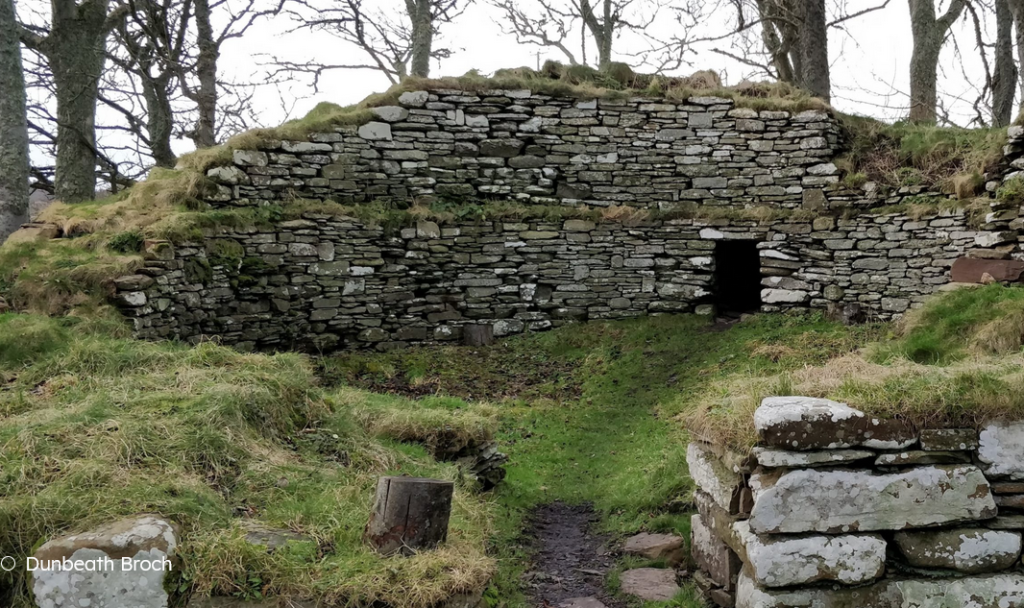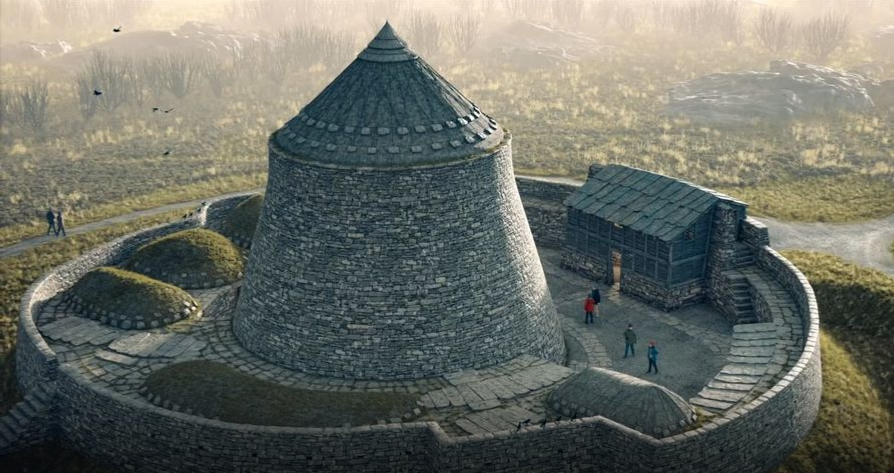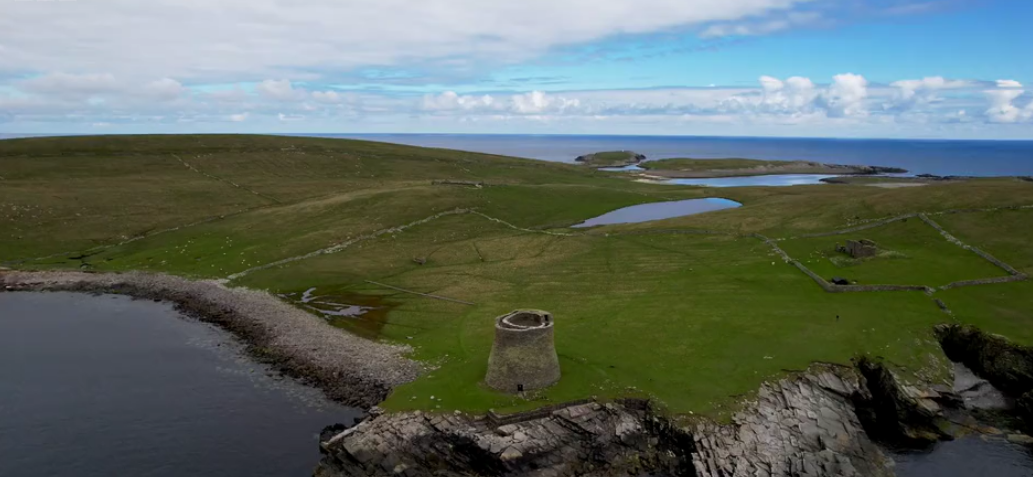Traveling through Scotland you’ll eventually see some crumbling stone towers rising against the Highland peaks like ancient crag-top castles. These mysterious Iron Age monuments are known as brochs and they exist nowhere else in the world. These circular dry-walled structures a symbolic feature of the Scottish Highlands, but their purpose remains unknown.
 What is known is that around 2,000 years ago, local tribes harvested local stone to build these massive buildings with walls 5m (16 feet) thick and stretching 13m (43 feet) high. To date, anywhere from 100 to 500 broch sites have been identified.
What is known is that around 2,000 years ago, local tribes harvested local stone to build these massive buildings with walls 5m (16 feet) thick and stretching 13m (43 feet) high. To date, anywhere from 100 to 500 broch sites have been identified.
 While early archaeologists thought that brochs (whose name derives from the Lowland Scottish word for “fort”) were the citadels of local chieftains, more recent excavations suggest that the structures were more likely used for residential rather than defensive purposes.
While early archaeologists thought that brochs (whose name derives from the Lowland Scottish word for “fort”) were the citadels of local chieftains, more recent excavations suggest that the structures were more likely used for residential rather than defensive purposes.
 In an effort to better understand the true purpose of these towers, an ambitious initiative called the Caithness Broch Project is aiming to reconstruct a full-scale broch from scratch using traditional methods. By relying on archaeological evidence from broch sites and incorporating the same dry-stone masonry techniques that were used, builders are aiming to understand whether the organization of Iron Age Highland societies revolved around brochs or whether brochs evolved to fit the shifting needs of Highland societies.
In an effort to better understand the true purpose of these towers, an ambitious initiative called the Caithness Broch Project is aiming to reconstruct a full-scale broch from scratch using traditional methods. By relying on archaeological evidence from broch sites and incorporating the same dry-stone masonry techniques that were used, builders are aiming to understand whether the organization of Iron Age Highland societies revolved around brochs or whether brochs evolved to fit the shifting needs of Highland societies.
What’s more, by creating a modern attraction modeled on a historical blueprint, architects are hoping that visitors will gain a newfound appreciation for these iconic buildings that have long shaped the Scottish landscape.
This video is part of BBC Reel’s Ancient Mysteries playlist.
You can read the original article at www.bbc.com

